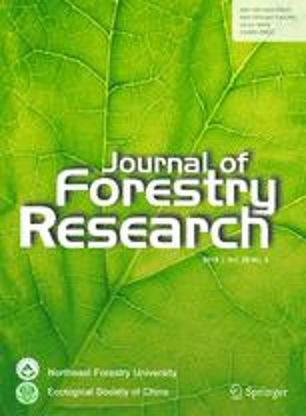Tree diversity in West Africa is threatened by intensified land uses and salinization, and farmers’ role in conservation of tree species is unclear. We hypothesized that farmers contribute to conservation of tree diversity through protection of trees in their agroforestry landscapes and compared the diversity and structure of the tree vegetation across landscape classes. Inventories were carried out in three villages in the Groundnut Basin in Senegal, assessing tree diversity, density and crown cover. Tree diversity as assessed by species accumulation curves was high in forests, but cultivated landscapes had comparable or almost comparable diversity, especially in the cases where the forest was planted or was affected by charcoal production. However, the occurrence of exotic species was higher in cultivated parts of the landscape, and although many species were in common, ordination plots indicated that forests and cultivated landscapes to some degree had different species composition. Salinity had a strong influence on vegetation, not only in the tans (salt marshes) but also across the other landscape classes. In conclusion, agroforestry landscapes in the three villages harbor considerable tree diversity, but insufficient to fully conserve the tree species. We argue that informing and including farmers in tree management in the region will contribute to overall conservation of tree genetic resources.
DOI:
https://doi.org/10.1007/s11676-017-0374-y
Score Altmetric:
Dimensions Nombre de citations:

















